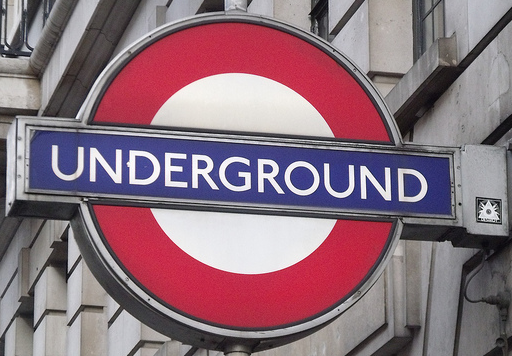London Underground is a major part of British culture – so I was bound to write a silly analogy post at some point! As there are 11 lines, here are 11 ways in which the Bible is like the Tube.

Photo: Elliott Brown, re-used under CC license
1. Some stations have better accessibility than others. Some have more stairs than others to struggle up and down – especially if you’re carrying luggage. But just because you struggled at one point does not mean you cannot take the Tube as a whole! And stations are slowly being made accessible – be on the lookout for study guides!
2. Some stations are less used, and less famous than others. Nearly everybody knows of Monument, far fewer will know of Roding Valley. This does not mean that Roding Valley is useless – or even that it is generally less useful than Monument. To the person who lives or works in the vicinity of Roding Valley, on the contrary, it will be the most useful station.
3. It is the cause for far more anger and resentment than it deserves (link contains rude language) – because we tend to forget the times it’s been useful every time that it seems to make us stumble.
4. It is deeply embedded in the culture of all, even those who do not use it – and in ways that promote self-sacrifice too.
5. Its users make up a very cosmopolitan, and extremely friendly community, which has its own codes and jokes, which might be lost on non-users.
6. There are interconnections. Many of them. So a map – or instructions – can be helpful to navigate it at first, but you soon get so used to it you don’t even look at the map.
7. Some lines are really, extremely short (I’m looking at you, Waterloo & City). Others are so long that people have argued they should be considered as separate lines.
8. You can try to move about in the real, above-ground world without using the Tube, but chances are you’ll get lost, especially in those parts you’re not too familiar to! So if you want to find yourself again, best seek a Tube station!
9. Equally, there is no point simply sticking to the Tube, or just going around in circles and leaving the network at the exact same station. Taking the Tube is supposed to move you from one point to another.
10. Individual stations have their own organisation and feel – some of them are even decorated according to a theme (for instance, Baker Street has Sherlock Holmes) – which does not detract from their overall unity, or from their belonging to a single structure.
11. There is some debate as to whether the Overground line should be considered part of the Underground network or not. Now, nobody tries to argue that the Overground is the same as the Underground; it’s just a question of whether they should stand side by side on underground maps or not.
